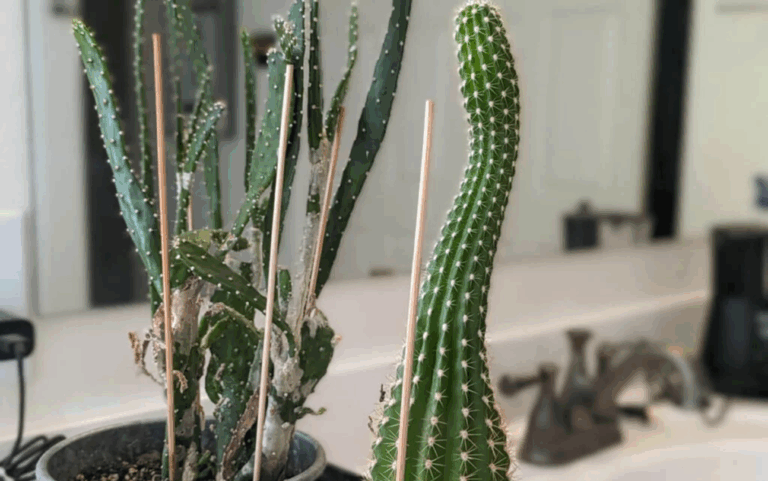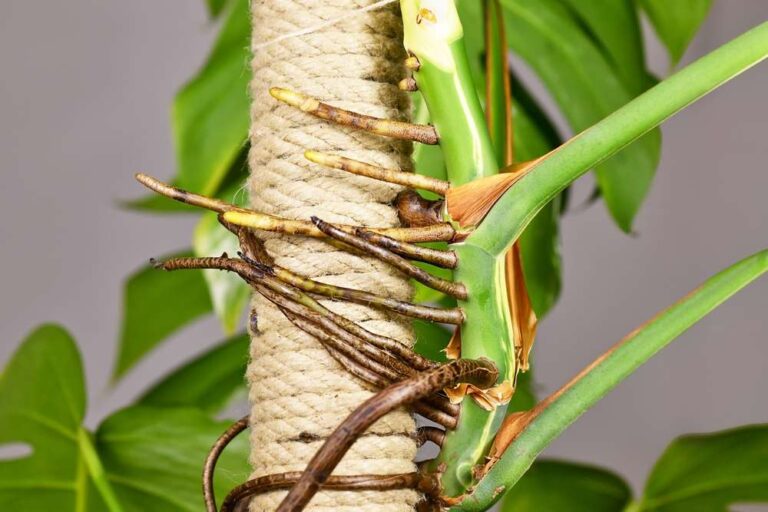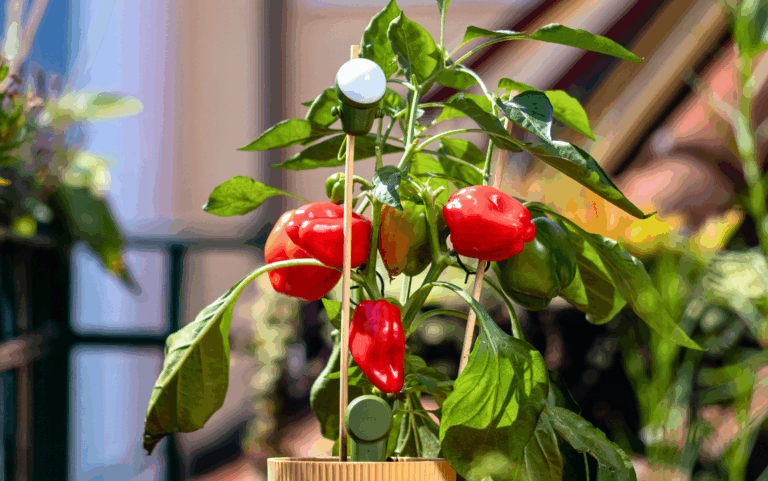
Even if some get by with less – light is vital for plants. However, especially in fall and winter, they may not get enough of it. Here you can find out how to recognize whether a plant is suffering from a light deficiency and what you can do about it.
In addition to sufficient water, plants need light above all to grow and thrive. Without sufficient light, plants cannot produce the green leaf pigment chlorophyll, which can lead to discoloration, weak shoots and limited flower formation. If there is not enough light, certain deficiency symptoms appear. These signs are not only visually unappealing but, in the worst case, can also indicate that the plant is suffering from light stress.
Here are the signs for light deficiency:
1. Yellow leaves
Plants need light to carry out photosynthesis and produce nutrients. If they do not get enough light, they cannot carry out these processes, which leads to a lack of nutrients and causes the leaves to turn yellow.

2. Crooked growth
If the plant grows strongly in one direction or visibly turns towards the light, this is another sign of a lack of light. Because the plant is trying to reach the available light source it grows unbalanced and crooked, which makes the plant unstable. Plants then often tend to tip over easily.
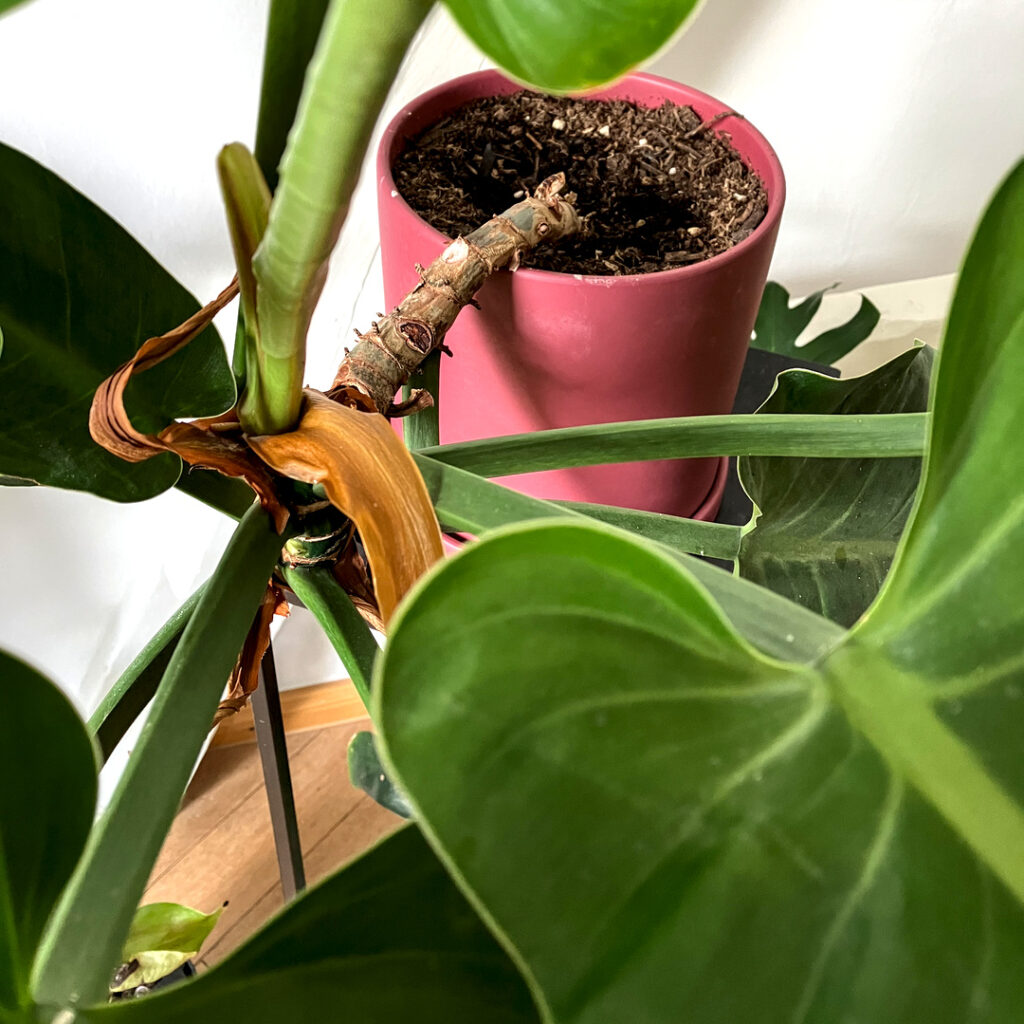
3. Long, thin stems
Plants produce stems to carry leaves and flowers upwards so that they get more light. In winter, you are often surprised or delighted by the rapid growth of your plants despite the dark days. If they don’t get enough light, they produce longer, thinner stems in order to get closer to the light source, and they do so at a rapid pace. This is also referred to as etiolation, a very clear sign of a lack of light in plants.
4. Reduced, slow growth: few or small flowers and leaves
If the plant normally has many flowers and leaves, but has recently produced fewer or none at all, this may be a sign of a lack of light. Plants need light to produce new biomass (flowers and leaves). If they don’t get enough light, they can’t produce them well. If they no longer do this, you know that they are in economy mode.
5. Sudden leaf loss
Another alarming sign is the sudden loss of leaves. If the plant is shedding more leaves than usual, this may be due to insufficient light. The plant is limiting its resources to supply the remaining leaves or the stem with energy, just like the trees outside in winter.
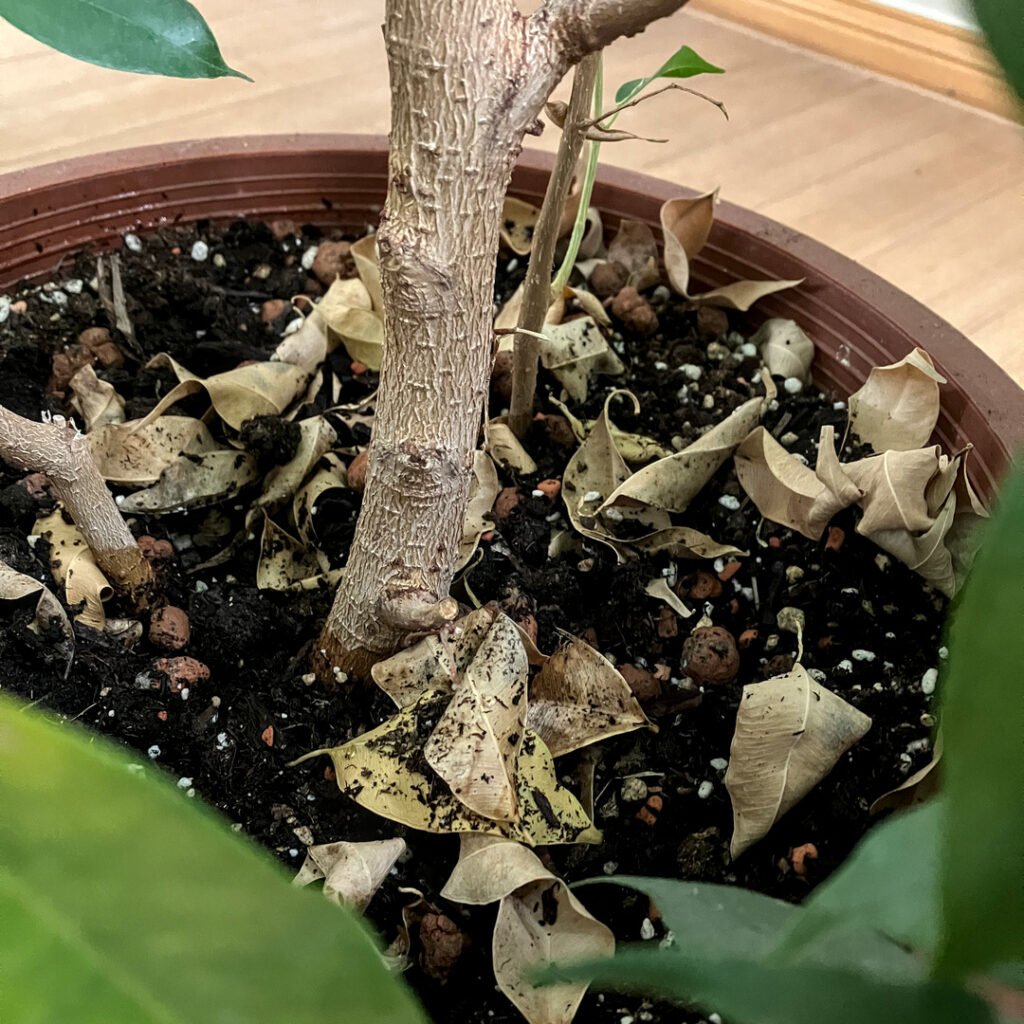
6. Long distances between leaves
This is particularly noticeable in plants with compact growth such as succulents or ferns. If the leaves grow further apart than usual, the plant tries to absorb more light through rapid longitudinal growth. The distances between the nodes then become larger and larger.
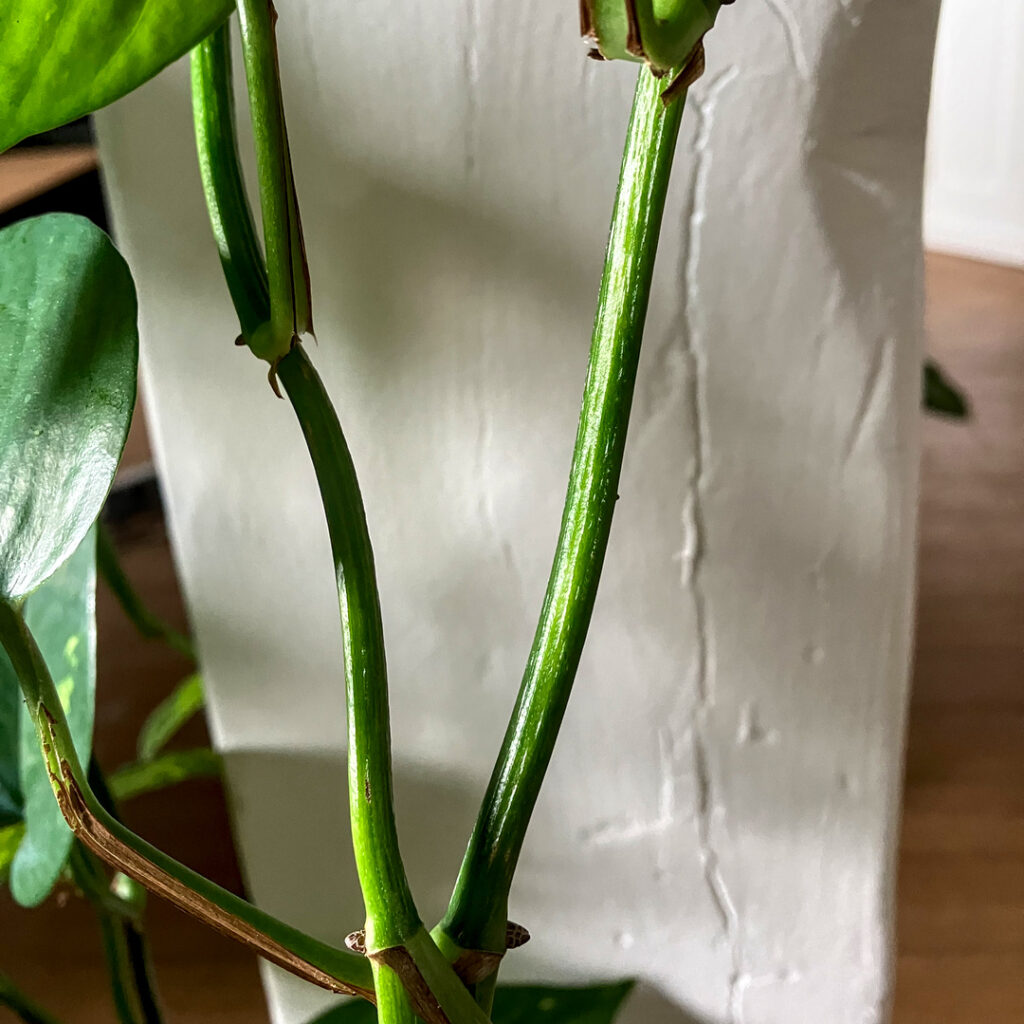
7. Lack of leaf structures
Normal leaf structures, such as the characteristic fenestration in monsteras, may be absent from new leaves when light is a deficiency. This is because the plant cannot obtain enough energy from light to support the full development of these structures.

Solution
For the winter, place your houseplants close to the brightest window and rotate them regularly to promote even growth.
If plants need to be in less bright places, they should occasionally be moved to the windowsill or swapped with other plants.
Of course, you can also use plant lamps. They compensate for the lack of sunlight in winter. This is particularly important if the plants have already been weakened by the wrong location or wrong watering in summer.
Plants that are strong and healthy at the end of the summer rarely have difficulties with adverse winter conditions.
Need help?
If you are unsure if your plant is getting enough light, simply use our FYTA Beam. The Beam not only measures light intensity but also the amount of daylight and can tell you exactly if your plant is getting enough light. Not ready to buy a sensor yet? No problem! Simply download the free FYTA app and use the image-based health check, which can help you with the diagnosis.
Do you have problems with excess light? Find out more here.

